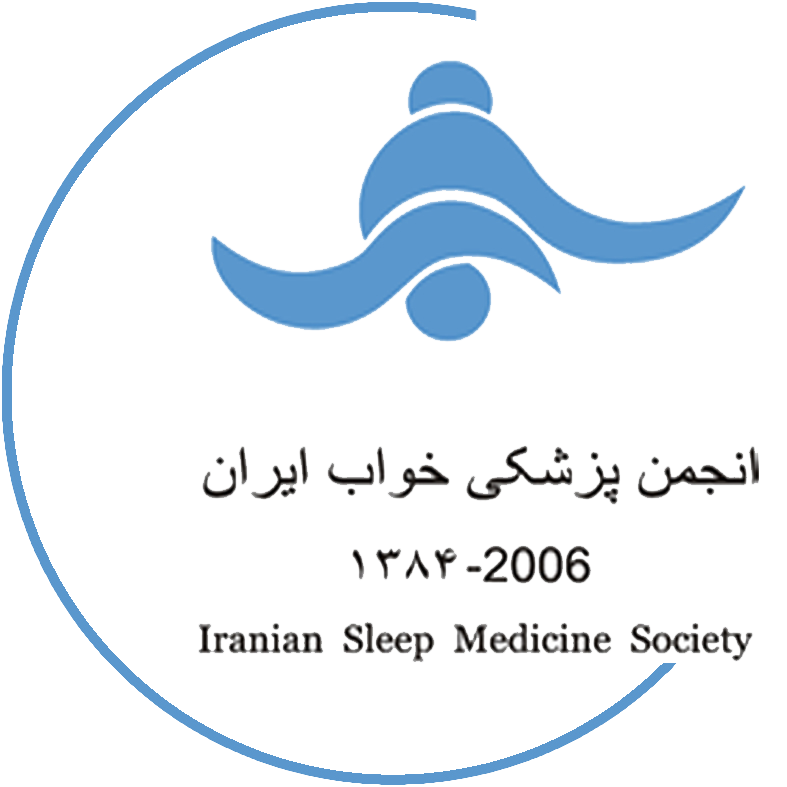Insomnia Phenotype Characterization and Depression among Patients with Obstructive Sleep Apnea
Abstract
Background and Objective: Over 40% of individuals with obstructive sleep apnea (OSA) have reported experiencing insomnia. The combination of OSA and insomnia results in decreased sleep quality and adherence to continuous positive airway pressure (CPAP) therapy. This study aimed to assess insomnia among patients with OSA.
Materials and Methods: This cross-sectional study involved 1771 participants. Patients with a high suspicion of OSA completed the Insomnia Severity Index (ISI) and the Beck Depression Inventory (BDI-II) questionnaires. All participants underwent overnight polysomnography (PSG).
Results: In this study, 1242 (68%) of the 1771 participants were men, with a mean age of 47.18 ± 13.65 years. The average Respiratory Disturbance Index (RDI) was 41.53 ± 31.98, the mean ISI score was 12.11 ± 5.99, and the aver-age BDI score was 12.88 ± 11.22. A total of 639 (36%) participants reported moderate to severe insomnia (ISI score ≥ 15). Those with a normal RDI had mean ISI scores of 13.71 ± 6.32, while patients with mild, moderate, and severe OSA had mean ISI scores of 12.76 ± 5.96, 11.61 ± 5.92, and 11.91 ± 5.95, respectively (P = 0.001). The correlation between RDI and ISI score was 0.006 (P = 0.8). As the severity of insomnia increased, the BDI score also signifi-cantly increased (P < 0.0001).
Conclusion: A notable correlation exists between insomnia and depression; individuals with more severe insomnia re-ported higher depressive symptoms. Given the link between insomnia and OSA, it is advisable to assess insomnia in patients diagnosed with OSA.
2. Bin YS, Marshall NS, Glozier N. The burden of insomnia on individual function and healthcare consumption in Australia. Aust N Z J Public Health 2012; 36: 462-8.
3. Chung KF, Yeung WF, Ho FY, et al. Cross-cultural and comparative epidemiology of insomnia: the Diagnostic and statistical manual (DSM), International classification of diseases (ICD) and International classification of sleep disorders (ICSD). Sleep Med 2015; 16: 477-82.
4. Beneto A, Gomez-Siurana E, Rubio-Sanchez P. Comorbidity between sleep apnea and insomnia. Sleep Med Rev 2009; 13: 287-93.
5. Sweetman AM, Lack LC, Catcheside PG, et al. Developing a successful treatment for co-morbid insomnia and sleep apnoea. Sleep Med Rev 2017; 33: 28-38.
6. Philip P, Bioulac S, Altena E, et al. Specific insomnia symptoms and self-efficacy explain CPAP compliance in a sample of OSAS patients. PLoS One 2018; 13: e0195343.
7. Yang CM, Liao YS, Lin CM, et al. Psychological and behavioral factors in patients with comorbid obstructive sleep apnea and insomnia. J Psychosom Res 2011; 70: 355-61.
8. Krakow B, Melendrez D, Ferreira E, et al. Prevalence of insomnia symptoms in patients with sleepdisordered breathing. Chest 2001; 120: 1923-9.
9. Chung KF. Insomnia subtypes and their relationships to daytime sleepiness in patients with obstructive sleep apnea. Respiration 2005; 72: 460-5.
10. Bjornsdottir E, Benediktsdottir B, Pack AI, et al. The prevalence of depression among untreated obstructive sleep apnea patients using a standardized psychiatric interview. J Clin Sleep Med 2016; 12: 105-12.
11. Sadeghniiat-Haghighi K, Bahrami H, Aminian O, et al. Melatonin therapy in shift workers with difficulty falling asleep: A randomized, double-blind, placebo-controlled crossover field study. Work 2016; 55: 225-30.
12. Sadeghniiat-Haghighi K, Montazeri A, Khajeh-Mehrizi A, et al. The Berlin Questionnaire: Performance of the Persian version for measuring obstructive sleep apnea in sleep clinic population. J Sleep Disord Treat Care 2014; 3: 1-5.
13. Cho YW, Kim KT, Moon HJ, et al. Comorbid insomnia with obstructive sleep apnea: Clinical characteristics and risk factors. J Clin Sleep Med 2018; 14: 409-17.
14. Sadeghniiat-Haghighi K, Montazeri A, Khajeh-Mehrizi A, et al. The Insomnia Severity Index: crosscultural adaptation and psychometric evaluation of a Persian version. Qual Life Res 2014; 23: 533-7.
15. Ghassemzadeh H, Mojtabai R, Karamghadiri N, et al. Psychometric properties of a Persian-language version of the Beck Depression Inventory-Second edition: BDI-II-PERSIAN. Depress Anxiety 2005; 21: 185-92.
16. Bastien CH, Vallieres A, Morin CM. Validation of the Insomnia Severity Index as an outcome measure for insomnia research. Sleep Med 2001; 2: 297-307.
17. Iber C, Ancoli-Israel S, Chesson AL, et al. The AASM Manual for the Scoring of Sleep and Associated Events: Rules, terminology and technical specifications. Westchester, IL: American Academy of Sleep Medicine; 2007.
18. Huang H, Xiong J, Hu Y, et al. Insomnia in patients with obstructive sleep apnea compared with controls. Biomed Res 2017; 28: 922-8.
19. Zhang Y, Ren R, Lei F, et al. Worldwide and regional prevalence rates of co-occurrence of insomnia and insomnia symptoms with obstructive sleep apnea: A systematic review and meta-analysis. Sleep Med Rev 2019; 45: 1-17.
20. Pieh C, Bach M, Popp R, et al. Insomnia symptoms influence CPAP compliance. Sleep Breath 2013; 17: 99-104.
21. Janssen HCJP, Venekamp LN, Peeters GAM, et al. Management of insomnia in sleep disordered breathing. Eur Respir Rev 2019; 28.
22. Sutton DA, Moldofsky H, Badley EM. Insomnia and health problems in Canadians. Sleep 2001; 24: 665-70.
23. Wallace DM, Wohlgemuth WK. Predictors of Insomnia severity index profiles in United States veterans with obstructive sleep apnea. J Clin Sleep Med 2019; 15: 1827-37.
24. Subramanian S, Guntupalli B, Murugan T, et al. Gender and ethnic differences in prevalence of selfreported
insomnia among patients with obstructive sleep apnea. Sleep Breath 2011; 15: 711-5.
| Files | ||
| Issue | Vol 8 No 1-2 (2023): Winter- Spring | |
| Section | Original Article(s) | |
| DOI | https://doi.org/10.18502/jss.v8i1-2.17871 | |
| Keywords | ||
| Obstructive sleep apnea Insomnia Depression Sleep Polysomnography | ||
| Rights and permissions | |

|
This work is licensed under a Creative Commons Attribution-NonCommercial 4.0 International License. |



